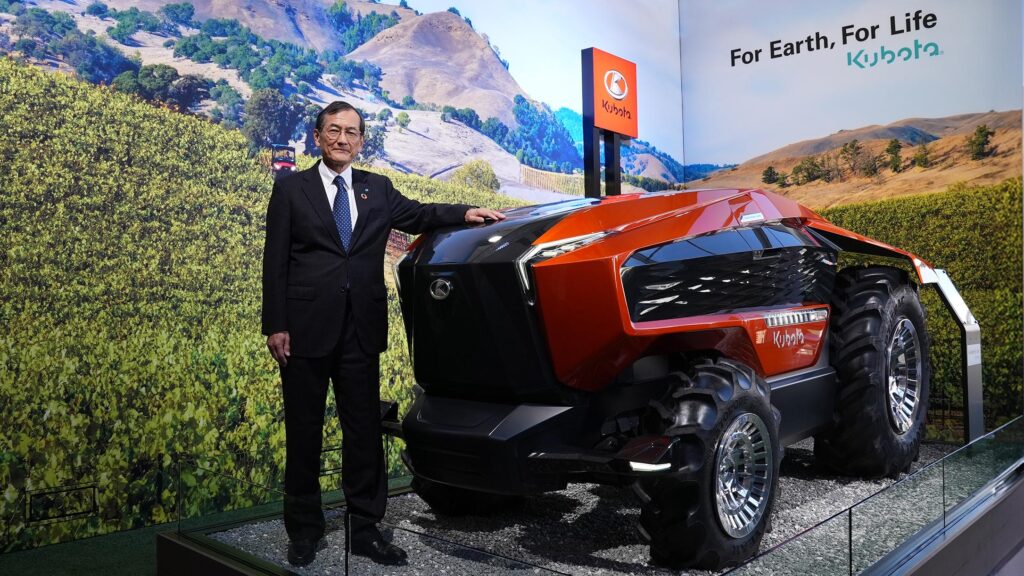In the sprawling fields where tradition meets technological innovation, Kubota is sowing the seeds of a revolutionary agricultural revolution. As autonomous technology continues to transform industries worldwide, this Japanese agricultural machinery giant is preparing to redefine farming’s future with its cutting-edge autonomous driving kit. By bridging generations of agricultural expertise with state-of-the-art navigation and control systems, Kubota is set to empower farmers with unprecedented precision, efficiency, and potential, promising a landscape where machines work smarter, not harder, and agricultural productivity reaches new horizons. In the ever-evolving landscape of agricultural technology, Kubota is making significant strides towards revolutionizing farming practices with its cutting-edge autonomous driving kit. This innovative solution promises to transform how farmers approach field management, efficiency, and productivity.
The autonomous driving technology integrates seamlessly with modern agricultural machinery, allowing tractors and other farm equipment to navigate fields with unprecedented precision. By leveraging advanced sensors, GPS tracking, and artificial intelligence, Kubota’s system enables equipment to operate with minimal human intervention, dramatically reducing labor costs and increasing operational accuracy.
Farmers can now program complex field routes, allowing machines to perform tasks like planting, harvesting, and soil preparation with remarkable consistency. The kit’s sophisticated mapping technologies ensure that every inch of farmland is utilized optimally, minimizing waste and maximizing crop yields.
Machine learning algorithms continuously improve the system’s performance, adapting to different terrain types, weather conditions, and crop variations. This intelligent approach means that the autonomous driving kit becomes more efficient over time, learning from each operational cycle and refining its navigation strategies.
Safety remains a paramount concern in this technological breakthrough. Multiple redundant safety systems are integrated to prevent potential accidents, including obstacle detection, emergency stop capabilities, and real-time monitoring. These features ensure that autonomous equipment can operate alongside human workers without compromising workplace safety.
Environmental sustainability is another critical benefit of this technology. By optimizing route planning and reducing unnecessary passes, the autonomous system helps minimize soil compaction, reduce fuel consumption, and lower overall carbon emissions associated with farming operations.
The economic implications are equally compelling. Small and large-scale agricultural operations can leverage this technology to reduce labor expenses, increase precision farming techniques, and ultimately improve their bottom line. The initial investment in autonomous technology can be quickly offset by significant operational efficiencies.
For tech-savvy farmers and agricultural enterprises, Kubota’s autonomous driving kit represents more than just a technological upgrade—it’s a paradigm shift in how farming will be conducted in the coming decades. By combining decades of agricultural expertise with cutting-edge robotics and artificial intelligence, Kubota is positioning itself at the forefront of agricultural innovation.
As global food demand continues to rise and agricultural challenges become more complex, technologies like these will play a crucial role in ensuring sustainable, efficient, and productive farming practices for future generations.
